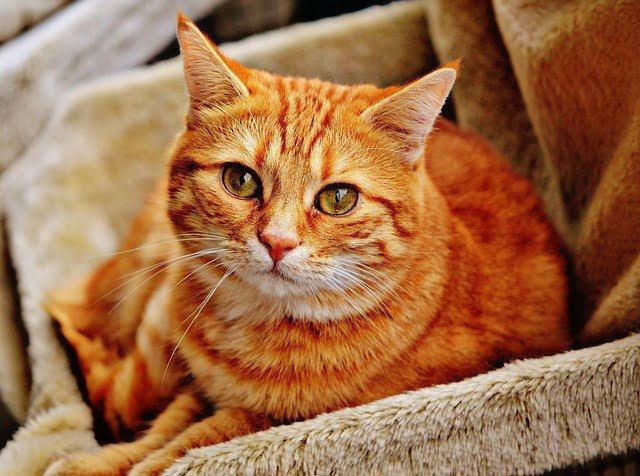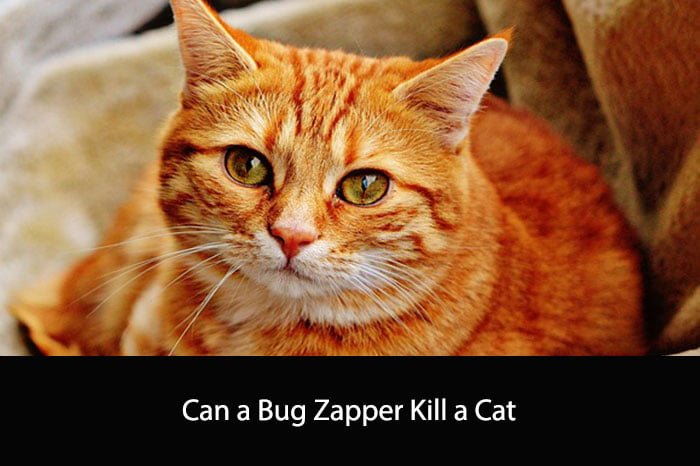Electric bug zappers are a popular solution for keeping insects at bay, especially during the warmer months. While these devices are generally considered safe for humans, pet owners may have concerns about the potential dangers to their cats. In this article, we will explore the question, “can a bug zapper kill a cat?” and provide essential information on how to use these devices safely around your feline companions.
Introduction to Bug Zappers
Bug zappers are electronic devices designed to attract and kill flying insects, such as mosquitoes, flies, and moths. They typically use ultrasonic waves or ultraviolet (UV) light to entice insects towards an electrified grid, where they are eliminated on contact. The primary concern for cat owners is whether the electrical current generated by these devices is strong enough to pose a risk to their pets.

Types of Bug Zappers
There are several types of electronic insect zappers available on the market, including ultrasonic and UV light-based models. Each type has its advantages and potential drawbacks when it comes to cat safety.
Ultrasonic Bug Zappers
Ultrasonic bug zappers emit high-frequency sound waves that are inaudible to humans but can be irritating or even harmful to certain pests, like rodents and insects. Some ultrasonic devices produce an audible noise, while others are completely silent.
When choosing between sonic and silent bug zappers, it is crucial to consider your pet’s safety. Silent ultrasonic insect repellents are generally safer to use around cats, as they do not emit sounds that could potentially harm your pet’s sensitive hearing. These devices are ideal for indoor use, while their audible counterparts are better suited for outdoor settings.
UV Light-based Bug Zappers
UV light-based bug zappers attract insects by emitting a specific wavelength of ultraviolet light. Once the insects are drawn to the device, they come into contact with an electrified grid, which kills them on the spot.
These devices are generally considered safe for use around cats, as the type of UV light they emit is not harmful. However, it is essential to choose a high-quality bug zapper that meets safety standards and is fitted with a protective grid to prevent unintended contact with the electrified components.
Bug Zapper Safety for Cats
The safety of bug zappers for cats largely depends on the type of device, its quality, and how it is used and installed. By following a few basic guidelines, you can ensure that your bug zapper poses minimal risk to your feline friend.
Selecting a Safe Bug Zapper for Cats
When selecting a bug zapper, it is essential to choose a device that meets the highest quality and safety standards. Reputable brands and models are more likely to be safe for use around cats, as they are designed with the proper safety features and have been tested for effectiveness and reliability.
It is best to avoid purchasing bug zappers from flea markets or suspicious websites, as their safety and quality cannot be guaranteed. Always check the device’s specifications to ensure it is fitted with a protective grid and uses a low-charge UV light or ultrasonic waves that are safe for pets.
Proper Bug Zapper Installation
The correct installation of a bug zapper is crucial to ensuring the safety of your cat. Always follow the manufacturer’s instructions for installation, and make sure the device is securely mounted or placed in an area that is inaccessible to your cat.
Keep the bug zapper away from your cat’s sleeping and feeding areas, and avoid placing it at a level where your cat could easily come into contact with it. This will help minimize the risk of injury or harm due to accidental contact with the device.
Potential Hazards of Bug Zappers
While bug zappers are generally safe for cats, there are some potential hazards to be aware of. The electrical voltage produced by these devices is usually not strong enough to cause serious harm to a cat. However, if a cat were to come into direct contact with the electrified grid, they could experience a mild shock or burn.
Additionally, there is a risk that insects killed by the bug zapper could fall into your cat’s food or water, potentially causing illness if ingested. To prevent this, keep food and water dishes away from the bug zapper and maintain a clean environment around the device.

Alternative Pest Control Methods
If you are concerned about the safety of bug zappers around your cat, there are several alternative pest control methods to consider. These options can help protect your cat from insects without the use of potentially harmful devices.
Natural Alternatives
Instead of using an electric bug zapper, consider employing natural alternatives to keep insects at bay. These may include:
- Essential oils: Certain essential oils, such as lavender, eucalyptus, and citronella, can help repel insects. Use these oils in a diffuser or apply them to a cloth or cotton ball to create a natural barrier against pests.
- Screens: Installing screens on windows and doors can help prevent insects from entering your home.
- Light traps: Non-electrified light traps can be used to attract and capture insects without posing a risk to your cat.
- Diatomaceous earth: This natural, non-toxic substance can be used to deter insects from entering your home.
Preventative Measures
Taking steps to prevent insects from entering your home can go a long way in protecting your cat from potential harm. Some preventative measures include:
- Keeping your living space clean and free of food debris
- Regularly disposing of trash and keeping garbage cans sealed
- Sealing any gaps or cracks in your home’s exterior
- Maintaining a tidy yard and eliminating potential breeding grounds for insects, such as standing water
Toxic Insect Repellents for Cats
Certain insect repellents can be toxic to cats and should be avoided at all costs. These products may contain harmful ingredients that can cause severe poisoning and even death in cats.
Ingredients to Avoid
Some common insect repellent ingredients that are toxic to cats include:
- Permethrin
- Pyrethroids
- Pyrethrins
- Chrysanthemum extract
These ingredients can be found in many mosquito sprays, foggers, and other pest control products.
Symptoms of Insecticide Poisoning
If your cat comes into contact with a toxic insect repellent, they may exhibit symptoms such as:
- Convulsions
- Tremors
- Loss of coordination and balance
- Increased salivation
- Vomiting
- Diarrhea
If you suspect your cat has been exposed to a toxic insect repellent, contact your veterinarian immediately.
Tips for Using Bug Zappers Safely Around Cats
If you choose to use a bug zapper in your home, follow these tips to ensure your cat’s safety:
- Choose a high-quality, reputable bug zapper that meets safety standards.
- Opt for silent ultrasonic or UV light-based models that are safe for pets.
- Install the bug zapper securely and out of your cat’s reach.
- Keep the device away from your cat’s sleeping and feeding areas.
- Maintain a clean environment around the bug zapper to prevent insects from falling into your cat’s food or water.
Conclusion
In summary, while bug zappers are generally not harmful to cats, it is essential to exercise caution and follow safety guidelines when using these devices. By selecting a high-quality, pet-safe bug zapper and following proper installation and usage instructions, you can help protect your cat from potential harm. Additionally, consider using alternative pest control methods and avoiding toxic insect repellents to further ensure your cat’s safety and well-being.
References:
Cat touched Electric Bug Zapper





